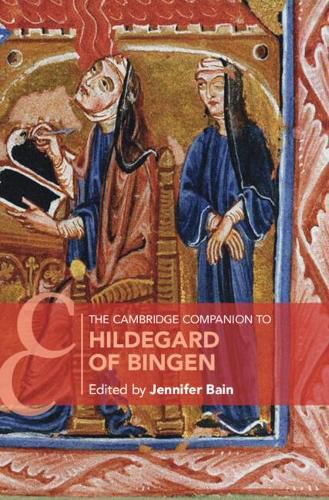Readings Newsletter
Become a Readings Member to make your shopping experience even easier.
Sign in or sign up for free!
You’re not far away from qualifying for FREE standard shipping within Australia
You’ve qualified for FREE standard shipping within Australia
The cart is loading…






This specially commissioned collection of thirteen essays explores the life and works of Hildegard of Bingen (1098-1179), monastic founder, leader of a community of nuns, composer, active correspondent, and writer of religious visions, theological treatises, sermons, and scientific and medical texts. Aimed at advanced university students and new Hildegard researchers, the essays provide a broad context for Hildegard’s life and monastic setting, and offer comprehensive discussions on each of the main areas of her output. Engagingly written by experts in medieval history, theology, German literature, musicology, and the history of medicine, the essays are grounded in Hildegard’s twelfth-century context, and investigate her output within its monastic and liturgical environments, her reputation during and after her life, and the materiality of the transmission of her works, considering aspects of manuscript layout, illumination, and scribal practices at her Rupertsberg monastery.
$9.00 standard shipping within Australia
FREE standard shipping within Australia for orders over $100.00
Express & International shipping calculated at checkout
This specially commissioned collection of thirteen essays explores the life and works of Hildegard of Bingen (1098-1179), monastic founder, leader of a community of nuns, composer, active correspondent, and writer of religious visions, theological treatises, sermons, and scientific and medical texts. Aimed at advanced university students and new Hildegard researchers, the essays provide a broad context for Hildegard’s life and monastic setting, and offer comprehensive discussions on each of the main areas of her output. Engagingly written by experts in medieval history, theology, German literature, musicology, and the history of medicine, the essays are grounded in Hildegard’s twelfth-century context, and investigate her output within its monastic and liturgical environments, her reputation during and after her life, and the materiality of the transmission of her works, considering aspects of manuscript layout, illumination, and scribal practices at her Rupertsberg monastery.